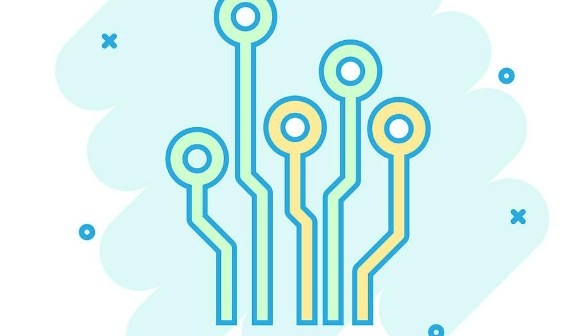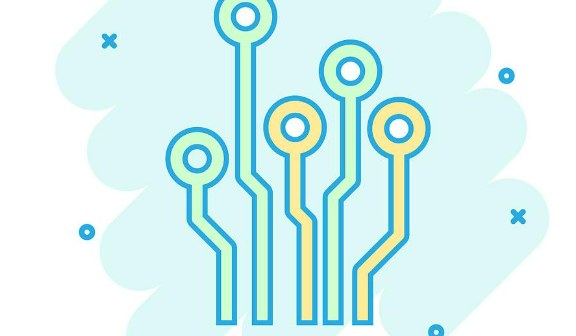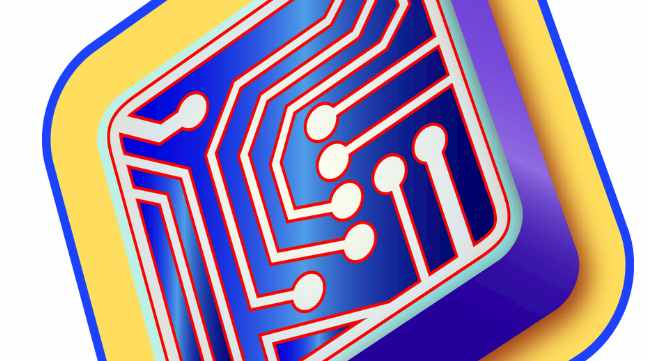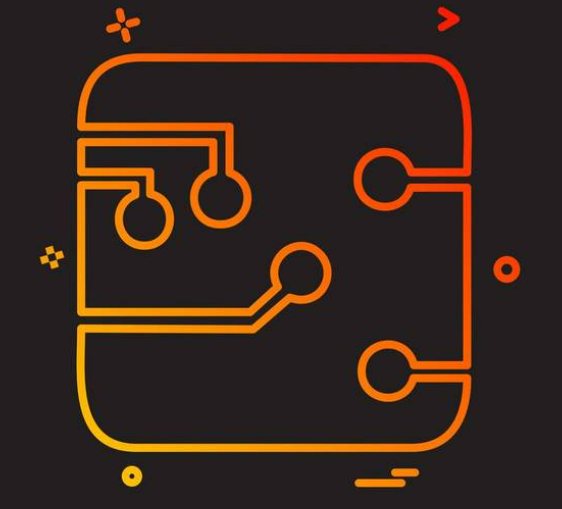
With the continuous development and progress of electronic technology, large-scale high-precision PCB circuit boards have been widely used. The installation density of components on printed circuit boards is getting higher and higher. Simple single-sided and double-sided wiring can not meet the requirements of high-performance circuit, so multi-layer PCB circuit boards are needed for wiring. So what are the wiring rules and techniques for multilayer PCB boards?
1, the lines between different layers should not be parallel to avoid the formation of actual capacitance.
2, 3 points above the line, as far as possible to line through the points, easy to test, line length as short as possible.
3. Try not to lay out wires between pins, especially between and around integrated circuit pins.
4, as far as possible between the lines neat, as far as possible to pave the ground polysamous lines connected together, increase the ground area.
5, the emission of components should be more uniform, so as to install, plug-in, welding operation. Text emission in the current character layer, reasonable position, pay attention to the orientation, avoid being blocked, easy to produce.
6. The structure of component emission should be considered. Positive and negative electrodes of patch components should be marked in packaging and at the end to avoid space conflicts.
7, after the wiring is completed, carefully check whether each connection is really connected (available lighting method).
Electromagnetic interference design techniques for multilayer PCB circuit boards
In order to increase the area that can be routed, more single or double sided wiring boards are used for multilayer PCB boards. A printed circuit board with a double-sided inner layer, two single-sided outer layer or two double-sided inner layer, two single-sided outer printed circuit board, through the positioning system and insulating binder materials alternately together and conductive graphics in accordance with the design requirements of the interconnection of the printed circuit board becomes a four-layer, six-layer printed circuit board, also known as the multilayer printed circuit board. The number of layers of the board does not mean that there are several independent wiring layers. In special cases, empty layers will be added to control the thickness of the board. Usually, the number of layers is even and includes the outermost two layers. Most of the main board is 4 to 8 layers of structure, but technically theory can be done close to 100 layers of PCB boards. Most large supercomputers use quite a few layers of mainframe boards, but because such machines can be replaced by clusters of ordinary computers, super-multiboards have fallen out of use. Because the layers in the PCB are so tightly integrated, it is not always easy to see the actual number, but if you look closely at the main board, you can see it.
Nowadays, there are many solutions to EMI problems in PCB board design techniques, such as EMI suppression coating, suitable EMI suppression parts and EMI simulation design. Now let's talk a little bit about these techniques.
Tip 1:
Common-mode EMI interference sources (such as transient voltage formed at the power busbar and voltage drop formed at both ends of the inductor in the decoupling path)
1.1 When low value inductors are used in the power layer, the transient signals synthesized by inductors will be reduced, thus reducing common mode EMI.
1.2 Reduce the length of the cable connecting the power layer to the IC power pin.
1.3 Use 3-6 mil PCB layer spacing and FR4 dielectric material.

Tip two:
Electromagnetic shielding
2.1 Try to put the signal wiring on the same PCB layer, and it should be close to the power layer or ground - circuit board processing enterprises to remind!
2.2 The power layer should be as close to the grounding layer as possible
Tip 3:
Component layout (different layout will affect the interference and anti-interference ability of the circuit)
3.1 Block processing is carried out according to different functions in the circuit (such as demodulation circuit, high-frequency amplifier circuit and mixing circuit, etc.). In this process, strong and weak electrical signals are separated, and digital and analog signal circuits are separated
3.2 The filtering network of each part of the circuit must be connected nearby, which can not only reduce the radiation, but also improve the anti-interference ability of the circuit and reduce the chance of interference.
3.3 The layout of parts that are susceptible to interference should avoid interference sources, such as the interference of the CPU on the data processing board.
Tip 4:
Wiring considerations (improper wiring will cause cross interference between signal lines)
4.1 The wiring should not be close to the frame of PCB board, so as not to break the wire during production.
4.2 The power cord should be wide so that the loop resistance will be reduced.
4.3 The signal cable should be as short as possible and the number of holes should be reduced.
4.4 Corner wiring can not use the right Angle method, should be 135° Angle is preferable.
4.5 Digital circuit and analog circuit should be separated by ground wire, digital ground wire and analog ground wire should be separated, and finally connected to the power source
Reducing electromagnetic interference is an important part of PCB board design, as long as the design to think more about this side, naturally in the product test such as EMC test will be easier to pass.









